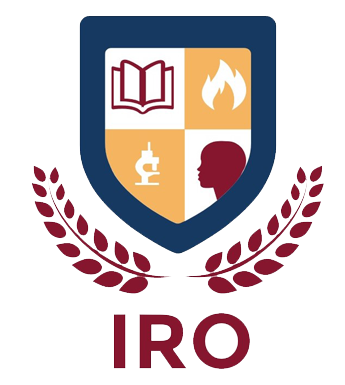Volume - 3 | Issue - 3 | september 2021
DOI
10.36548/jsws.2021.3.005
Published
25 November, 2021
With modernization and technology enhancements on a global scale, environmental consciousness has also been increasing in recent days. Various technologies and automobile industries are vandalized with sustainable solutions and green technologies. Transportation via roadways is mostly preferred for distant travel as well, despite the advancements in airways and railways, due to less capital outlay, door to door service possibility in rural areas etc. The conventional fuel vehicles are a huge contributor to environmental pollution. Electric vehicles are an optimal solution to this issue. The lives of the common masses are not impacted largely by the electric vehicles despite their market commercialization since a few decades. It is due to certain challenges associated with the electrical vehicles. A 100% efficient perpetual machine does not exist yet. Predominantly, challenges related to charging, hinders the success of e-vehicles. Frequent charging is required in case of long-distance travel and other scenarios in the existing vehicles. Based on the respective governments, extensive changes are made in the infrastructure to overcome the issues at the charging stations. In this paper, an enhanced wireless charging module for electric vehicles is presented. The use of multiple coils is emphasized for building up energy and transmitting it. The inductive power transfer mechanism and efficiency of the system are improved with the design of a three-phase coil. The mechanism for assessment of the energy consumed in e-vehicles is also discussed.
KeywordsEnergy efficiency Charging Coils Inductive power transfer Electric vehicle



